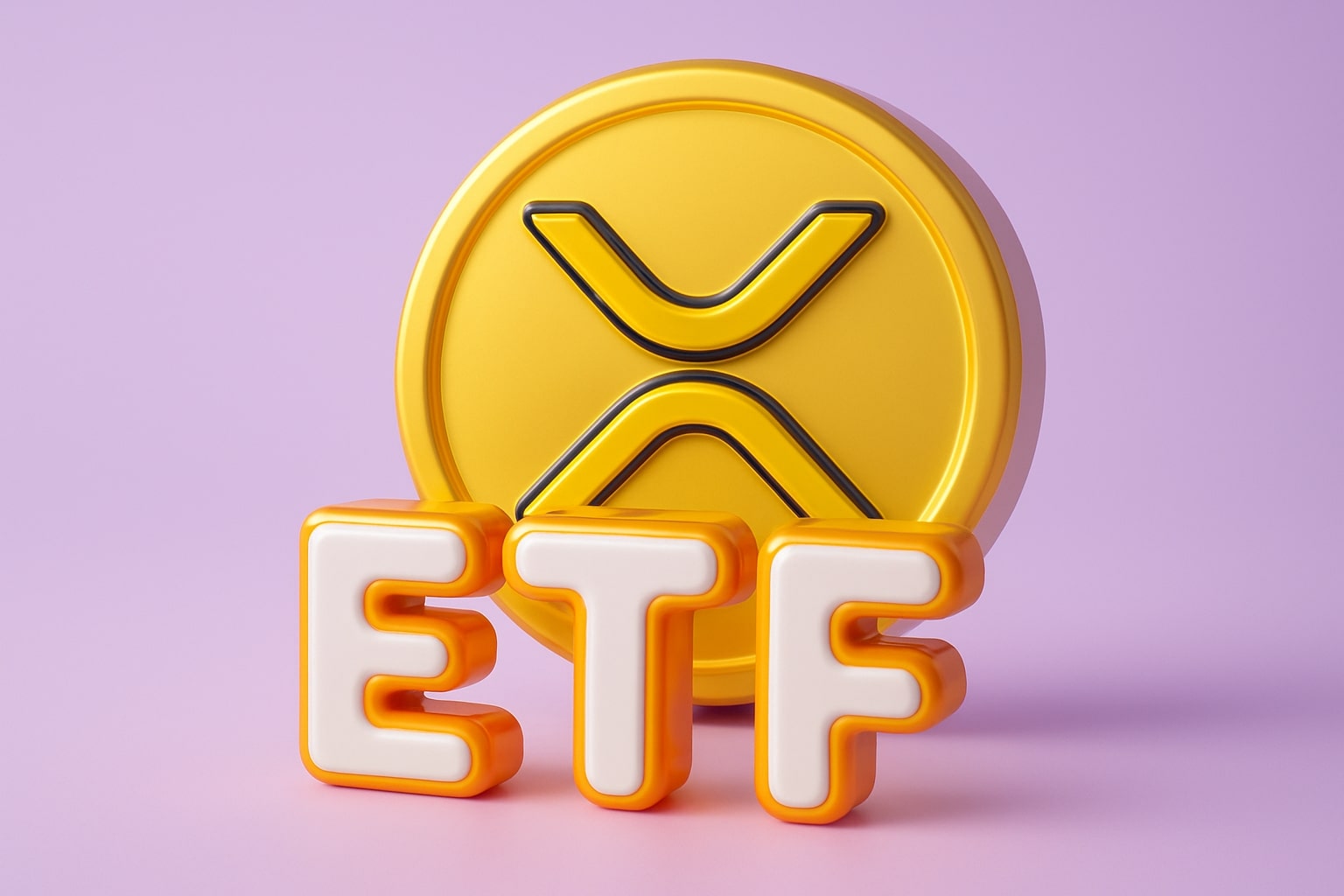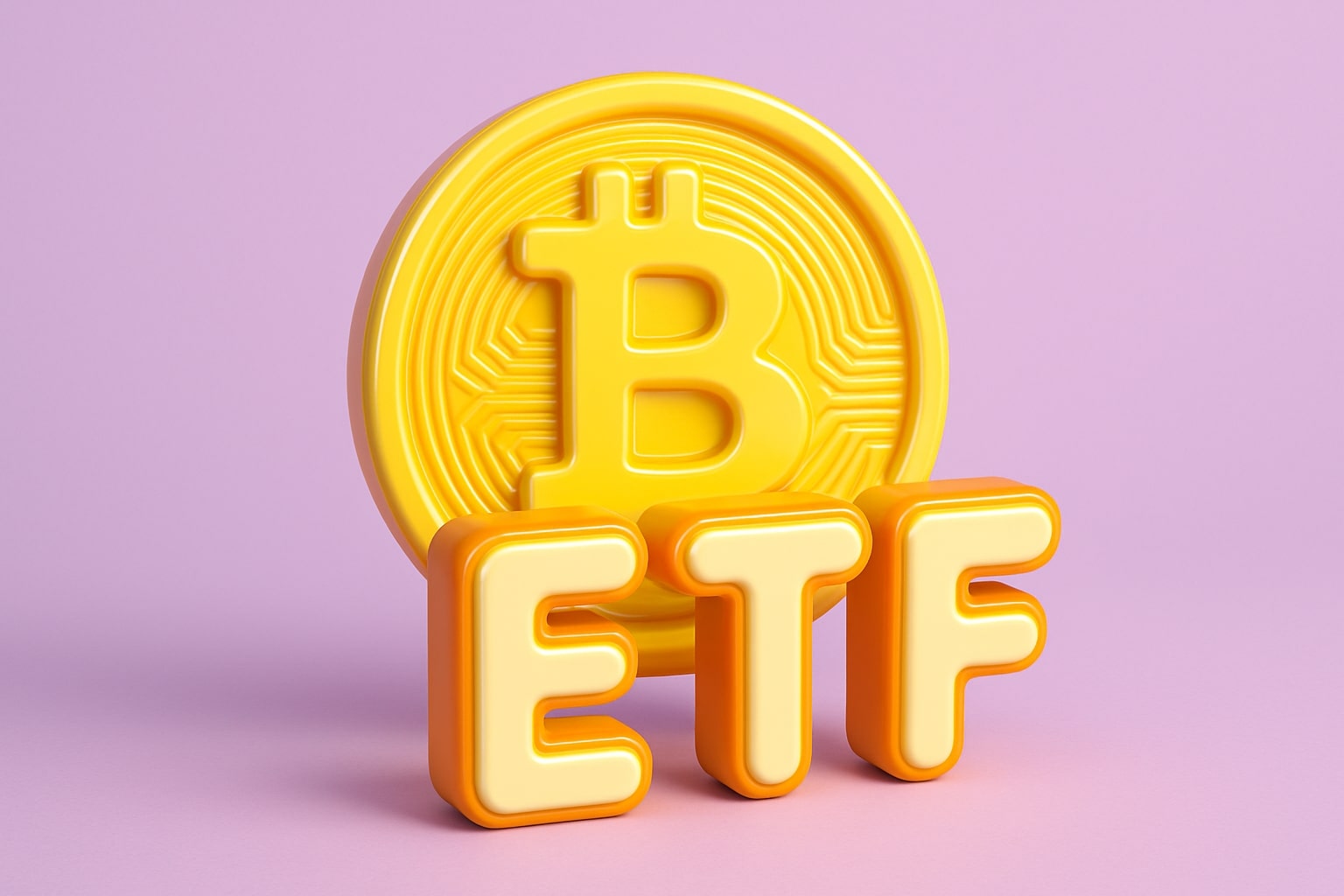
Ethereum Price Forecast - ETH-USD Rebounds to $3,517 as Whales Buy $1.3B ETH Amid Ethereum ETF Outflows and DeFi Decline
ETH regains ground after 11% weekly loss. Institutional buying near $3,200 offsets $507M ETF outflows and a 24% TVL crash as traders eye the Fusaka upgrade | That's TradingNEWS
Ethereum (ETH-USD) Struggles at $3,517 as ETF Outflows, Weak DeFi Metrics, and Whale Accumulation Split Market Direction
Ethereum (ETH-USD) trades around $3,517, rising 3.7% in 24 hours after sliding 11% earlier in the week when prices briefly tested $3,130. Despite the short-term rebound, ETH remains trapped inside a corrective phase that began when the token failed to hold the $3,900–$4,000 zone. The correction erased nearly $400 billion in total crypto market capitalization, mirroring weakness in equities after a 4% Nasdaq decline. Global uncertainty, cautious derivatives positioning, and weak ETF demand have left Ethereum under pressure, even as large investors quietly accumulate at multi-month lows.
ETF Outflows and Derivatives Data Show Defensive Positioning
Ethereum’s U.S.-listed ETFs logged $507 million in net outflows during November, marking the steepest withdrawal streak since launch. Open interest on futures remains elevated, yet the annualized premium sits at 4%, below the normal 5–10% range, confirming a muted appetite for long leverage. This positioning reflects hesitation rather than capitulation—traders are maintaining exposure but hedging aggressively against further downside.
Sentiment weakened further after the University of Michigan consumer expectations index hit its second-lowest level since 1978, coinciding with the longest U.S. government shutdown on record. Macro fear has spilled into digital assets, forcing funds to reduce beta exposure and increasing correlations between ETH-USD and traditional risk indices.
On-Chain Weakness: TVL and DApp Revenues Shrink
The total value locked (TVL) on Ethereum has fallen 24% in 30 days, sliding to $74 billion, the lowest since July. The decline accelerated following the $120 million Balancer v2 exploit, which shook confidence across DeFi liquidity pools. At the same time, Ethereum DApp revenues dropped 18% month-over-month to $80.7 million in October, pressuring staking yields and reducing burn activity from gas fees. Lower network congestion means fewer tokens are removed from circulation, weakening the supply-burn narrative that has supported Ethereum’s long-term bullish case.
Network Activity Stabilizes as Rivals Cool
Despite revenue contraction, early November data show active Ethereum addresses up 5% week-over-week and transactions rising 2%, while Tron (TRX) and BNB Chain (BNB) both posted declines in activity. These upticks suggest user retention even in a cooling market. The upcoming Fusaka upgrade, scheduled for early December, aims to improve scalability and security efficiency, with developers targeting a 15–20% reduction in gas costs and enhanced validator throughput.
Traders view Fusaka as the next technical catalyst after Shanghai and Dencun, although confidence will depend on post-launch stability and staking yield recovery above 3.5%.
Institutional Accumulation Reshapes Sentiment
While retail flows remain defensive, institutional investors and whales have turned increasingly active. A single whale associated with Aave accumulated 394,682 ETH (~$1.37 billion) last week, according to on-chain analytics, the largest single accumulation since Q2 2024. Over $222 million in ETH left centralized exchanges during the same period, signaling long-term holding rather than short-term speculation. This pattern mirrors 2020 accumulation phases that preceded 4× rallies within twelve months.
Institutional desks report rising demand for spot ETH custody, especially from Asian family offices and DeFi-fund hybrid portfolios seeking exposure at technical support zones between $3,100–$3,200.
Technical Picture: Support Cluster at $3,130–$3,200
The $3,130–$3,200 band coincides with the 50-week moving average and the 0.618 Fibonacci retracement from 2024’s breakout. Momentum gauges remain depressed—RSI at 37 suggests oversold conditions—while the MACD histogram continues flattening after a prolonged decline. A clean reclaim of $3,500–$3,700 would confirm renewed momentum and set a path toward $3,900–$4,000 initially and possibly $4,500–$5,000 in 2025 if ETF flows stabilize.
Failure to defend $3,200 risks a slide toward $2,400, aligning with the June 2024 base and the 200-day moving average. Short-term resistance stands at $3,700, with minor hurdles near $3,880, where heavy options strikes cluster.
Whale Diversification and Altcoin Rotation
Whales diversifying exposure have split allocations between Ethereum (ETH-USD) and emerging PayFi projects such as Remittix (RTX), which raised $28.1 million across 684 million tokens at $0.1166 each. The move indicates that large holders are not abandoning Ethereum but hedging against stagnation by targeting faster-growing payment ecosystems. Similar rotation is visible toward Digitap ($TAP), priced at $0.0268, with presale investors already up 114% and targeting a 422% gain at the $0.14 launch level.
These flows highlight a maturing market where whales maintain Ethereum as a core position while seeking yield and faster capital rotation elsewhere—a dynamic typical of late-cycle consolidations.
Read More
-
ARTY ETF (NYSEARCA:ARTY) Climbs To $48.18 As AI Boom Pushes Assets Past $2B
09.11.2025 · TradingNEWS ArchiveStocks
-
XRP ETFs XRPI And XRPR Rally To $13.98 And $19.46 As SEC Countdown Sparks Institutional Frenzy
09.11.2025 · TradingNEWS ArchiveCrypto
-
Natural Gas Price (NG=F) Falls to $4.31 as Record U.S. Output and Unseasonably Warm Weather Crush Demand
09.11.2025 · TradingNEWS ArchiveCommodities
-
USD/JPY Price Forecast - Dollar to Yen (¥153.41) Dips from 8-Month High as Fed Cut Odds Hit 70%
09.11.2025 · TradingNEWS ArchiveForex
Broader macro pressure continues to cap upside. The Federal Reserve’s last 25 bps rate cut failed to restore risk appetite as U.S. fiscal gridlock deepens. The six-week data blackout from the government shutdown has obscured inflation visibility, leaving algorithmic funds on defensive mode. Equity correlations remain high—ETH-USD’s beta to the Nasdaq sits near 1.35, meaning every 1% Nasdaq move can translate to a 1.3% swing in ETH. Until macro data resumes and Treasury yields settle below 4.25%, sustained breakouts above $3,900 remain unlikely.
Ethereum vs. Competitors: Structural Advantage Persists
Despite temporary underperformance, Ethereum maintains structural dominance: $74 billion TVL represents roughly 56% of total DeFi liquidity, dwarfing BNB Chain’s $8.9 billion and Solana’s $6.4 billion. The network processes an average of 24,000 transactions per second, supported by a thriving Layer-2 ecosystem on Arbitrum (ARB), Optimism (OP), and Base, which collectively handle 35% of daily transactions.
This scalability advantage, coupled with the upcoming Fusaka upgrade, keeps Ethereum’s infrastructure lead intact, even if short-term token performance lags. Long-term fundamentals remain grounded in developer activity—still the highest across all blockchains, with 5,600 monthly active developers, far ahead of Solana’s 1,900.
Market Psychology and Retail Behavior
Retail traders remain cautious after back-to-back liquidations wiped out over $1.2 billion in leveraged ETH longs across major exchanges. Funding rates have normalized near zero, suggesting equilibrium between bulls and bears. Google Trends data for “Ethereum price” searches fell 22% month-over-month, indicating fading retail speculation, yet the stability in daily active wallets implies ongoing engagement by long-term participants rather than panic exits.
Investment Outlook: Building a Base Before the Next Leg
Market structure shows Ethereum forming a broad accumulation base. With whales increasing holdings, institutional inflows emerging at sub-$3,300 levels, and the Fusaka upgrade nearing deployment, the setup mirrors mid-2023 when ETH consolidated before doubling within two quarters. Still, near-term risks persist—ETF outflows, slowing DeFi yields, and macro headwinds could keep ETH range-bound for several weeks.
Verdict on ETH-USD — BUY (Medium-Term Bias: Bullish Reaccumulation Phase)
The balance of data supports a BUY stance on Ethereum (ETH-USD) within a medium-term accumulation framework. The $3,130–$3,200 zone provides strong technical and psychological support, backed by institutional accumulation exceeding $1.3 billion in recent weeks. Upside potential remains toward $4,000–$4,200 in Q1 2026 and possibly $5,000 by year-end if ETF outflows stabilize and the Fusaka upgrade delivers as expected.
Ethereum’s short-term weakness masks a deeper structural transition—large holders are not exiting; they are building positions beneath resistance, preparing for the next cycle’s breakout. The data reveal consolidation, not collapse, making ETH-USD a strategic buy on dips within the current correction channel.

















